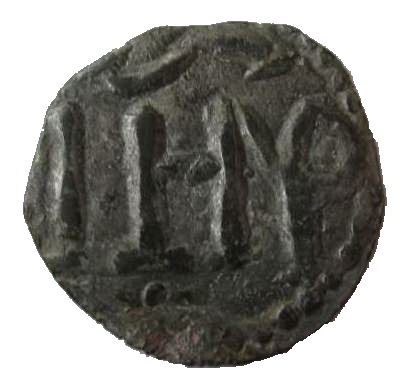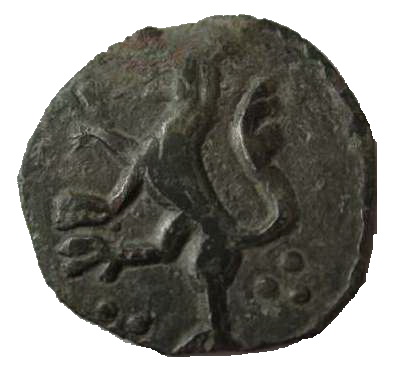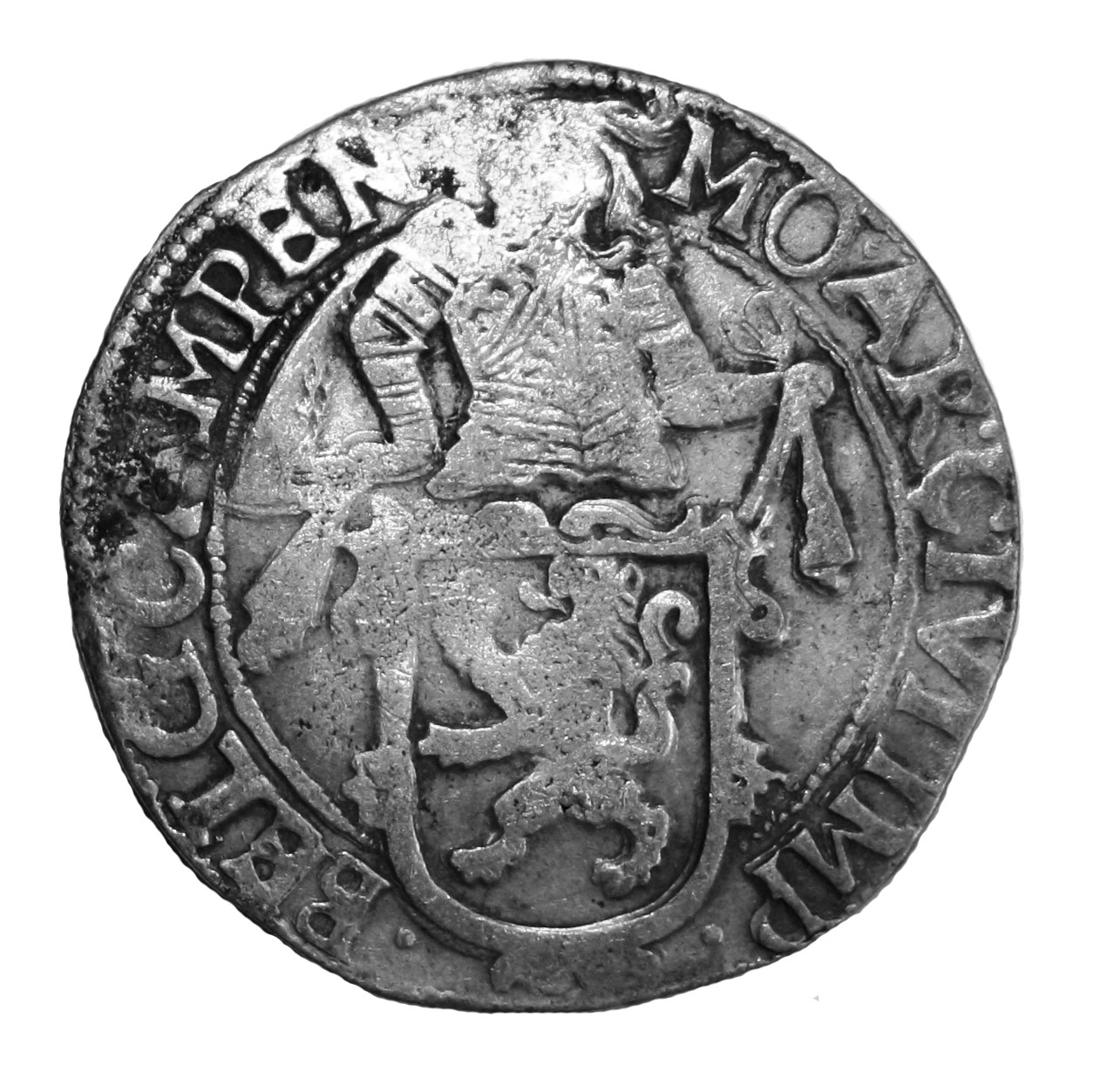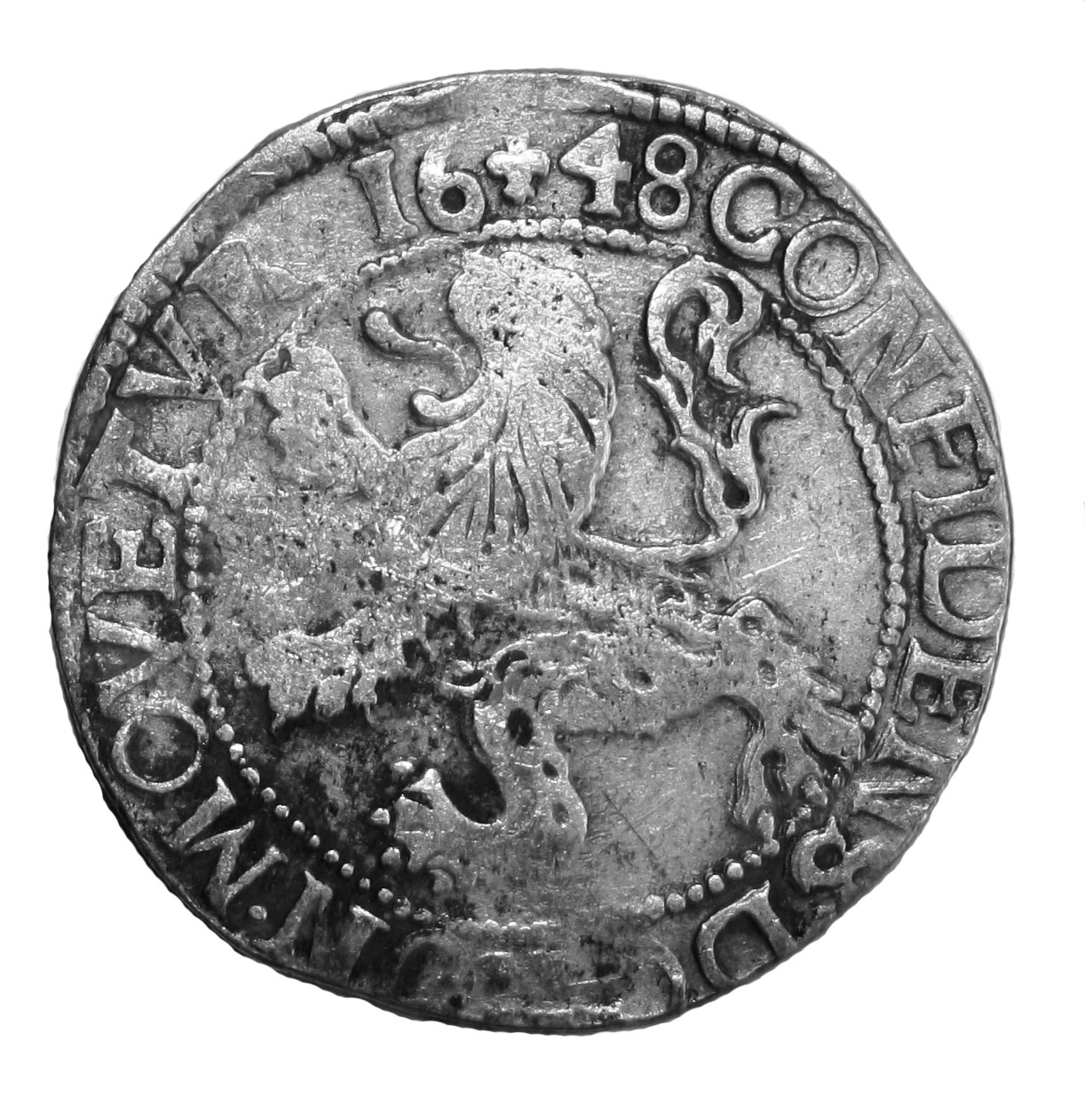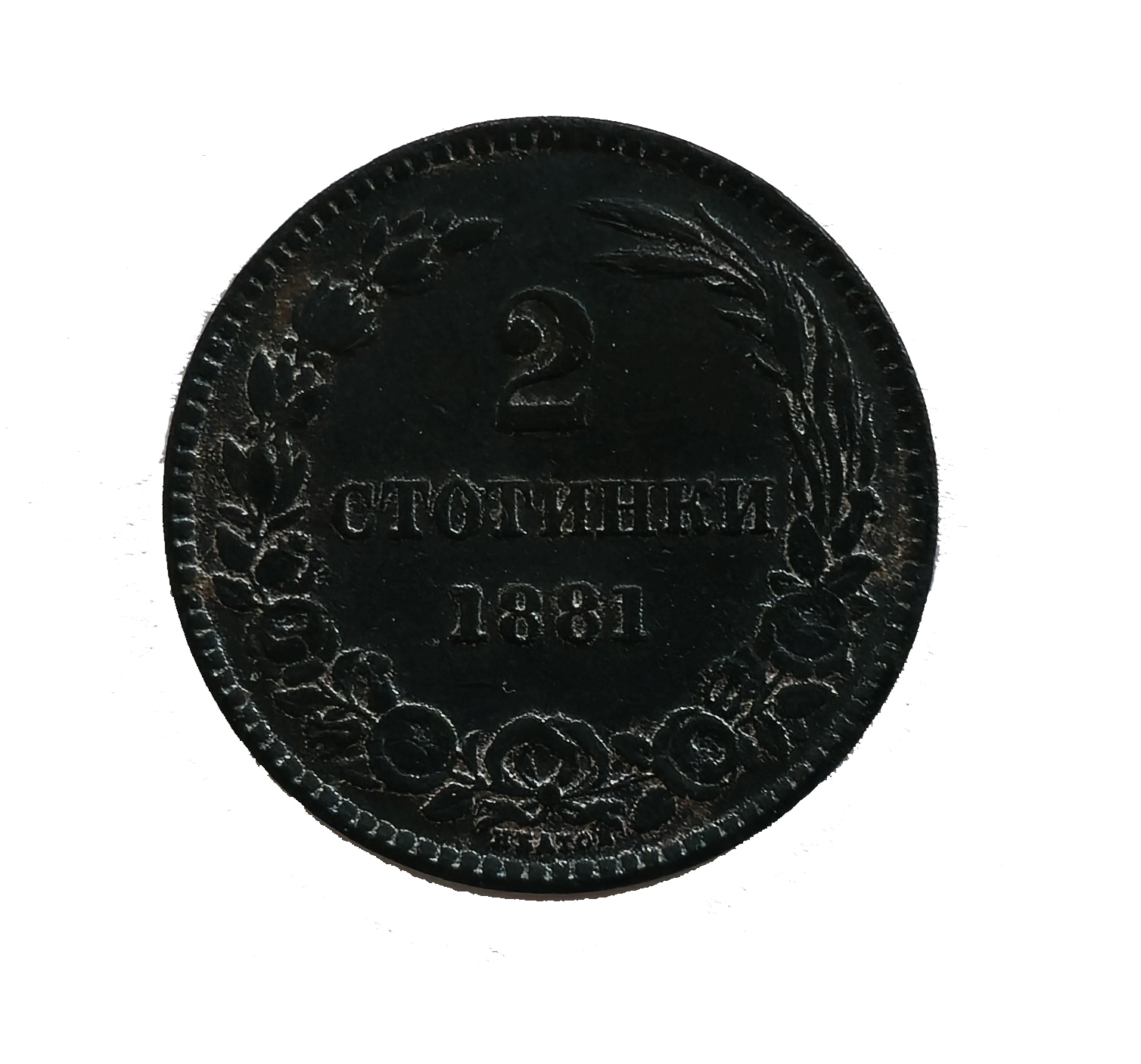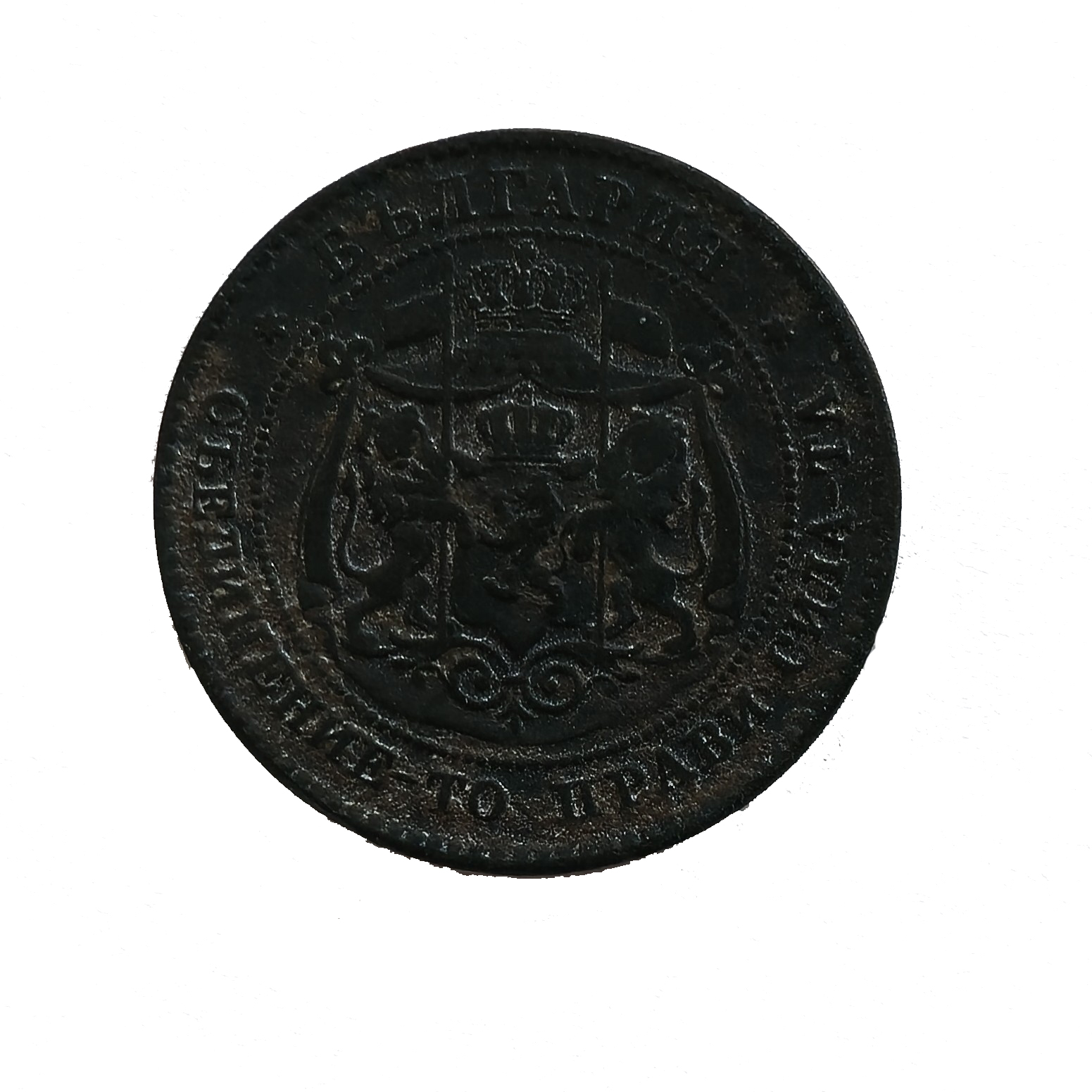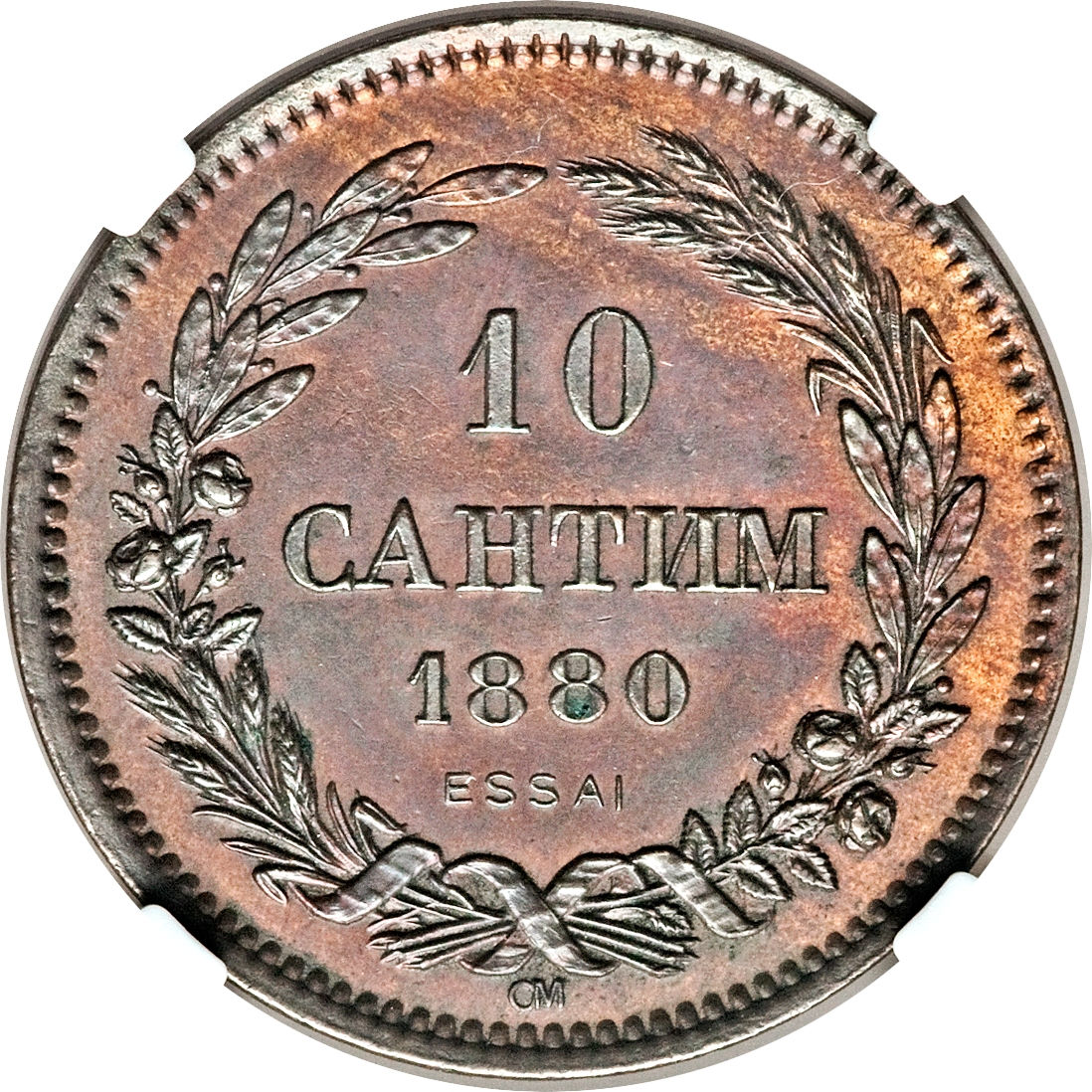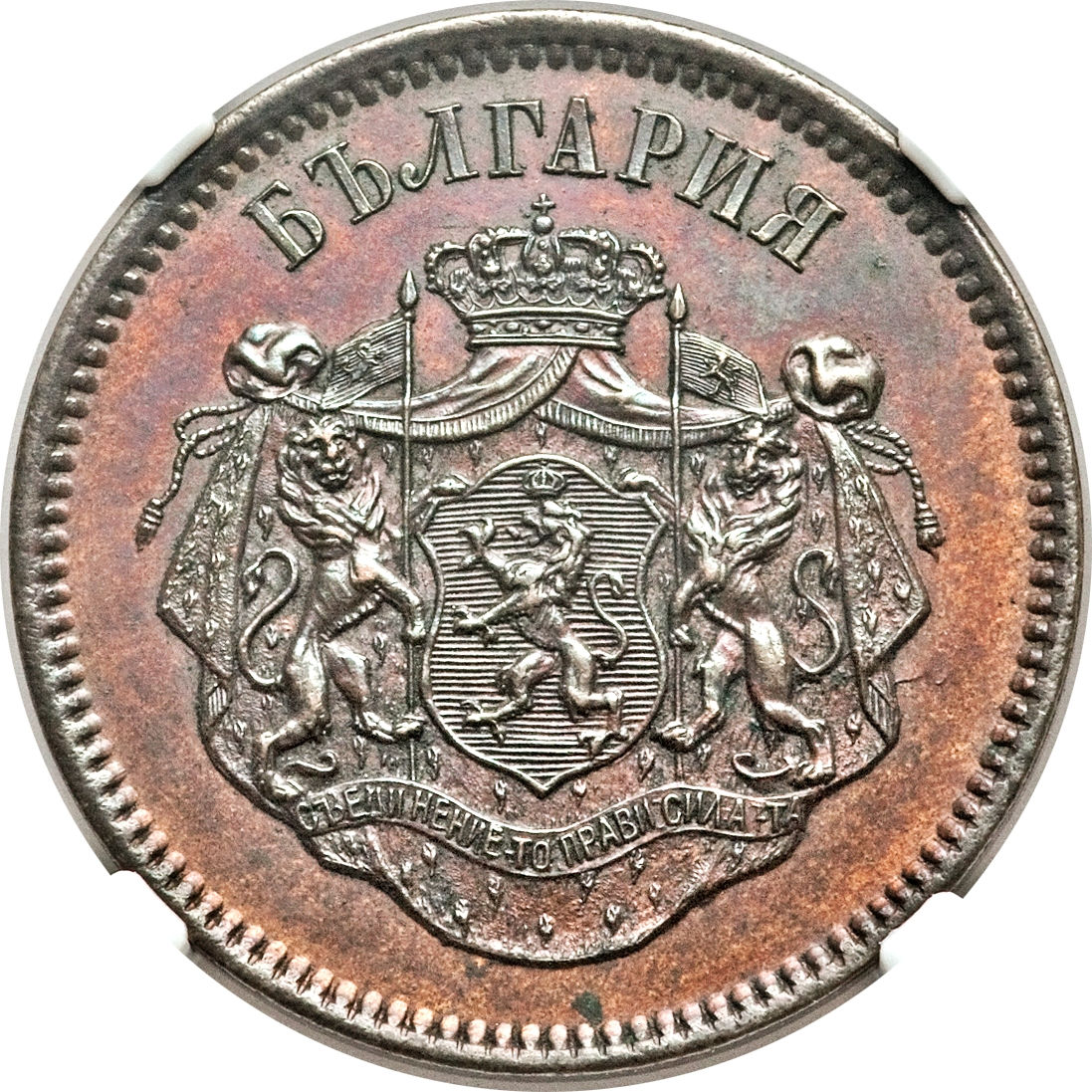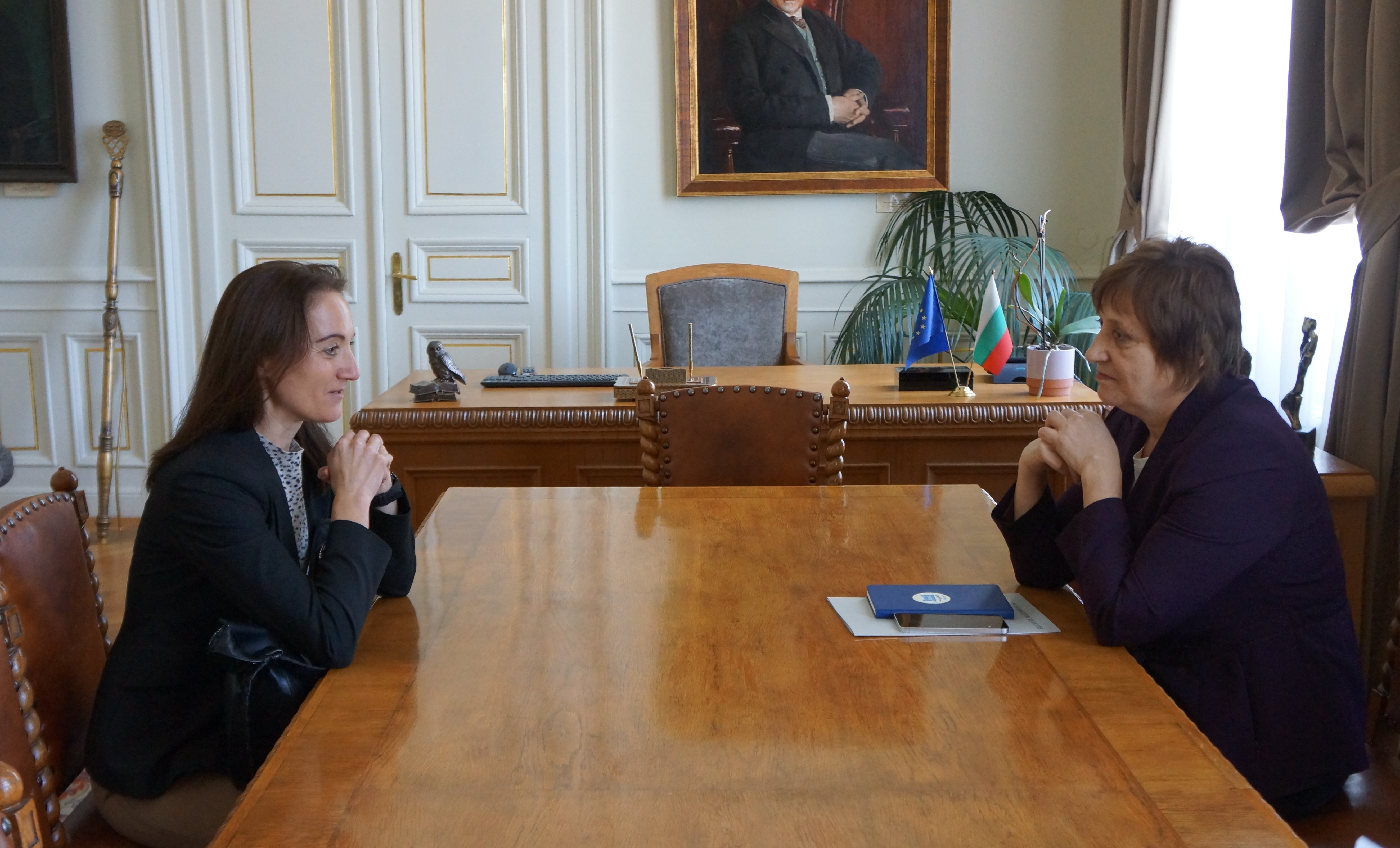(We are publishing author’s text with edits and abbreviations)
Recently, the Bulgarian society has been very agitated by the monetary policy issues. The occasion is the upcoming adoption of the euro in Bulgaria and Bulgaria’s accession to the euro area.
Why was the lev adopted as the national currency of the new Bulgarian state after its restoration by a Constituent National Assembly in 1879 and does it have a background? The Second Ordinary National Assembly passed a “Law on the right to mint coins in the Principality of Bulgaria, approved by decree of Prince Alexander I” and promulgated in the State Gazette on 4 June 1880, which defined Bulgarian coins to be gold, silver and copper with denominations of 20, 10, 5, 2 and 1 lev and 50, 10, 5 and 2 stotinki. Why did the legislator adopt “lev” and not another name for the Bulgarian currency? Probably the background inclined to this decision.
It is known that before the fall of the medieval Bulgarian (Tarnovo) kingdom under Ottoman rule, the coins of a very large copper issue of recent years depicted an upright lion. It is not known for certain what these medieval coins of Tsar Ivan Shishman were called but the lion on them is easily recognizable (Fig. 1-1, 1-2).
The Bulgarians’ next encounter with the lion depicted on a coin was several centuries later when the Dutch “liondaalers” (lion thalers) issued by most of the Dutch provinces became widespread in the Ottoman Empire – for example, the liondaaler (lion thaler) of Kampen, minted in 1648 (Fig. 2-1, 2-2). These coins were widely used by Bulgarians as a means of payment. They have remained in the Bulgarian traditional memory with the more comprehensible translated name “aslanazlis” (“aslanazli”) – from the Turkish “aslan” – “lion”.
The modern 19th century came with its coinage fashion, and in the Balkans it was very often associated with the lion depicted on the new coins. Probably also under the influence of the Dutch “Leuvendaalers” and only a year before the first Bulgarian lev was minted, in 1880 neighbouring Romania adopted its currency to be called “leu” which is also derived from “lion”.
But we should not be fooled – the process of adopting the Bulgarian national currency 145 years ago was not one-way, non-discussive and easily achievable. The possibility existed for Bulgaria to adopt the French franc and the centime as its national currency, and there was no shortage of supporters of this idea. On 25 January 1879, the Bulgarian National Bank (BNB) was established with the main purpose of being a regulator in commercial relations. Even before the adoption of the “Law on the Right to Mint Coins in the Principality of Bulgaria…” of 4 June 1880, the BNB commissioned samples for future copper coins to be made in Birmingham, and these were of the denomination of 10 centimes (Fig. 4-1, 4-2). At the same time, due to the fact that there was still no national currency established by law, the budget of the Principality of Bulgaria was drawn up in French francs and centimes. Obviously, even in this earliest period of modern Bulgarian statehood there was a clear aspiration for European integration of Bulgarian finances. The first Bulgarian postage stamps, which also became a symbol of statehood, entered circulation on 1 May 1879 and were denominated in centimes and francs. Together with the order for the 10 centimes proof coin, a bronze medal with the image of Prince Alexander I of Bulgaria (Battenberg) was commissioned in Birmingham, the reverse of which was identical to the reverse of the 10 centimes coin. In regulating its modern finances with the “Law on the Right to Mint Coins in the Principality of Bulgaria…” of 1880, Bulgaria adopted as a model the bimetallism of the Latin Monetary Union (the so-called Latin Convention) which included leading European economies of the time such as France, Belgium, Italy and Switzerland.
The first issue of Bulgarian coins with denominations in levs and stotinki appeared one year after the adoption of the Act, in 1881 (Fig. 3-1, 3-2). The process was neither easy nor quick. It would take more than ten years (as late as 1894) for the silver and gold coins to enter circulation, as well as the paper issue (banknotes) which would long provoke distrust among the population. And the Bulgarian market, by tradition from the time before the Liberation until the beginning of the 20th century, would continue to trade in a variety of foreign coins – Turkish lira and grosz, French francs, Austrian, Russian, English, etc. coins. The merchant banks established in the country in the late nineteenth and early twentieth centuries would attempt to regulate the monetary behaviour of the public but this would not be an easy or quickly achievable task. In its international monetary policy, Bulgaria would adhere to the practices already established, and for the entire nineteenth and early twentieth centuries these practices involved payments with the most stable currency at the time, the French franc.
These few touches took us back to the early history of the Bulgarian lev, and how well we “read” the lessons of history depends on our maturity as a society. The future will show it…


